Rice to Be Priced at P35 per Kilo Amid Food Security Emergency
The Philippine government has set rice prices at P35 per kilo under a food security emergency, leading to up to P2.25 billion in losses for the National Food Authority (NFA). Rice will be sold to local governments and Kadiwa ng Pangulo sites at P33 per kilo. The government also reduced the maximum suggested retail price for imported rice to P55 per kilo, with further price cuts planned.

Government's Response to the Food Security Crisis
The Department of Agriculture (DA) and the National Food Authority (NFA) confirmed the implementation of the P35 per kilo rice program as part of the government’s broader effort to stabilize food prices and ensure rice affordability.
According to Agriculture Secretary Francisco Tiu Laurel Jr., the price control measure is being enacted under President Ferdinand Marcos Jr.'s directive to combat food inflation and protect low-income families from escalating rice costs.
"The government recognizes the urgent need to intervene in the market to make sure that every Filipino can afford rice, which is a basic necessity," said Laurel.
Why Is Rice Becoming More Expensive?
The rising cost of rice in the Philippines has been driven by multiple factors, including:
- El Niño’s impact on local harvests, reducing agricultural output
- Global supply chain disruptions, affecting rice imports
- Rising fuel and transportation costs, increasing market prices
- Speculation and hoarding, as traders withhold stocks to manipulate prices
Industry experts estimate that rice prices could have surged beyond P60 per kilo in the coming months without intervention, making the price cap a necessary short-term solution to prevent further inflation.
How the P35 Rice Pricing Will Work
Subsidized Rice Distribution
The NFA will supply subsidized rice at P35 per kilo through government-registered retailers, including:
- Kadiwa stores
- Public markets and select supermarkets
- Government food programs targeting low-income families
Importation and Local Production Support
To sustain the price cap, the government is set to:
- Increase rice importation from major suppliers such as Vietnam, Thailand, and India
- Support local farmers with subsidies, fertilizer assistance, and irrigation projects
- Enhance monitoring efforts to prevent price manipulation and hoarding
The Department of Trade and Industry (DTI) and the NFA will also enforce strict price controls to prevent retailers from selling beyond the mandated price.
Potential Challenges and Risks
Despite the positive intention behind the price cap, economists and agricultural experts warn of potential risks, including:
- Financial strain on the government, as subsidies require billions in funding
- Disruption of local rice markets, possibly discouraging farmers from planting more rice
- Supply shortages, if the government fails to secure enough imported rice to meet demand
The Federation of Free Farmers (FFF) has expressed concern over the long-term impact on the local rice industry, stating that sustainable solutions such as improved irrigation and mechanization should take precedence over price caps.
Public Reaction and Industry Response
Consumer Relief and High Demand
The announcement of P35 per kilo rice has been met with relief by many Filipino consumers, particularly low-income families struggling with rising food costs.
"This is a big help for us. The price of rice has been unbearable lately, so this will help us save money," said Maria Santos, a market vendor in Manila.
However, some retailers fear that limited supplies could lead to long lines, shortages, and possible rationing, similar to previous government rice subsidy programs.
Private Sector and Farmer Concerns
Rice traders and farmers remain cautious about the policy, with some raising concerns about potential profit losses and the impact on the local agricultural sector.
"We support affordable rice for Filipinos, but we hope the government can also ensure fair support for farmers," said Raul Montemayor, national manager of the FFF.
Some analysts have also warned that rice traders might seek alternative ways to bypass the price cap, such as mislabeling or hoarding supplies to create artificial shortages.
Long-Term Plans for Food Security
In addition to the temporary rice price cap, the government has outlined long-term strategies to improve food security and stabilize rice production, including:
- Expanding agricultural modernization programs to increase yield
- Strengthening irrigation systems to counteract climate change effects
- Investing in post-harvest facilities to reduce losses in storage and transport
- Exploring partnerships with private sectors to improve local rice production
The DA and NFA are also exploring public-private partnerships to ensure long-term affordability and availability of rice without relying heavily on importation.
Conclusion
The government's decision to price rice at P35 per kilogram is a bold move aimed at protecting Filipino consumers from skyrocketing food prices. However, the effectiveness of the policy will depend on the government’s ability to secure stable rice supplies and support local farmers while preventing market disruptions and shortages.
As the Philippines navigates its ongoing food security crisis, the success of this intervention will be closely watched, with stakeholders urging the government to strike a balance between affordability and sustainability.
What's Your Reaction?













/https://tf-cmsv2-smithsonianmag-media.s3.amazonaws.com/filer_public/54/66/546650fa-26a4-40fd-8d6d-5a7a04540f81/rosetta2.png)




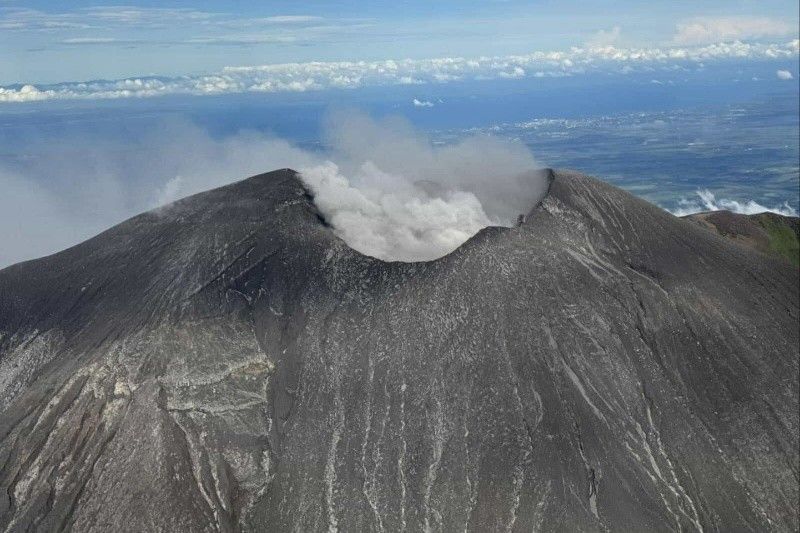





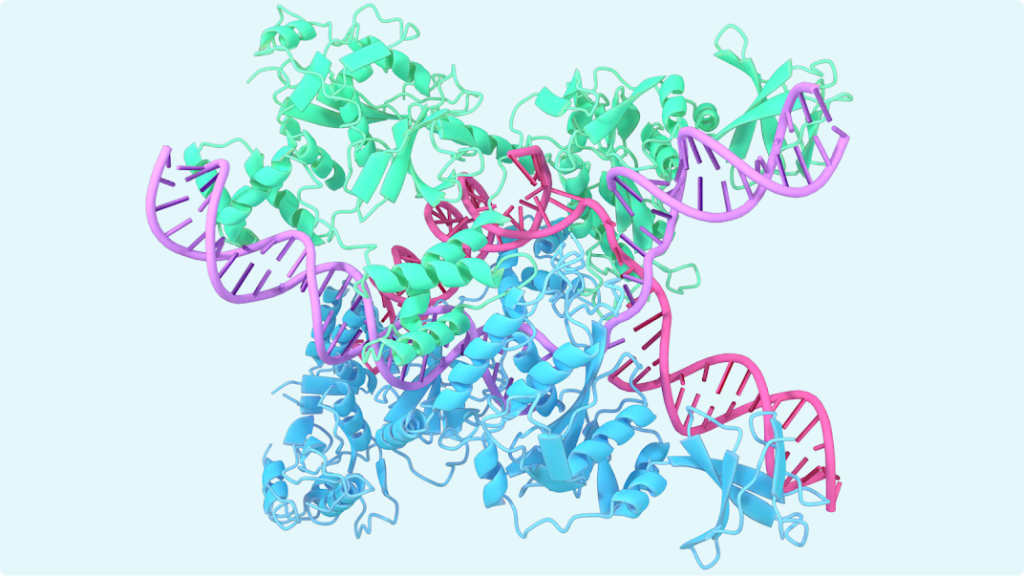
























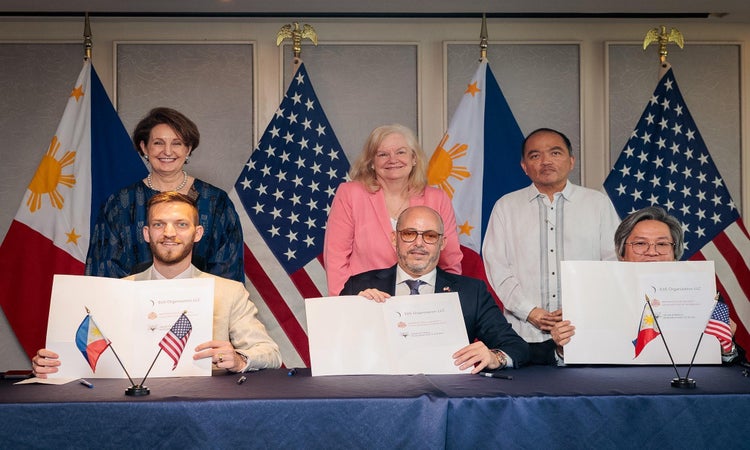
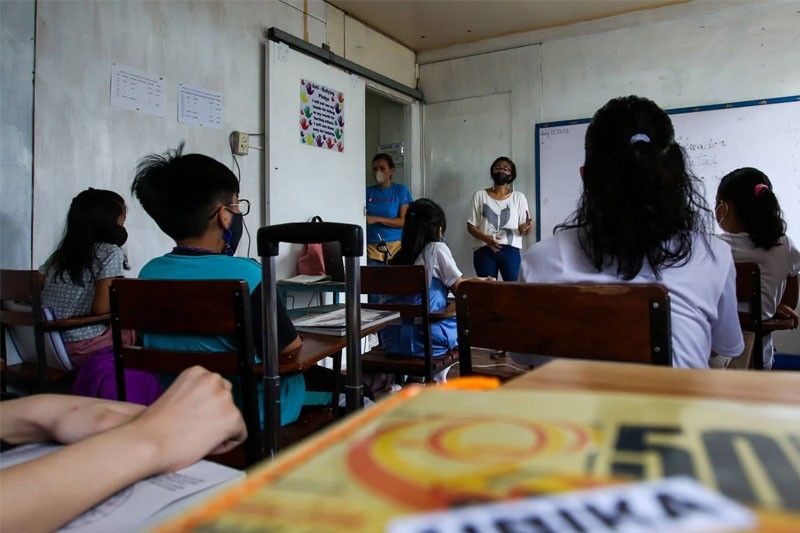
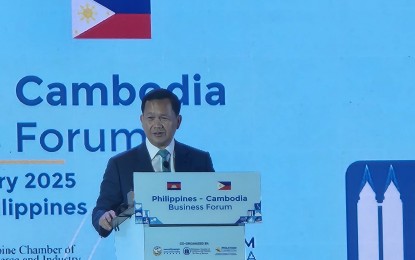





.jpg)



format(webp))
format(webp))











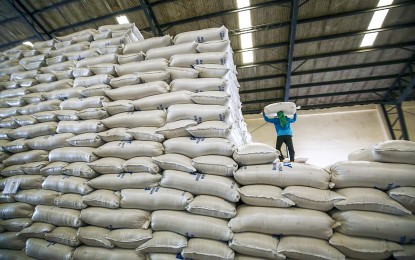




:max_bytes(150000):strip_icc()/67700_RichPastaforthePoorKitchen_ddmfs_4x3_2284-220302ec8328442096df370dede357d7.jpg)









